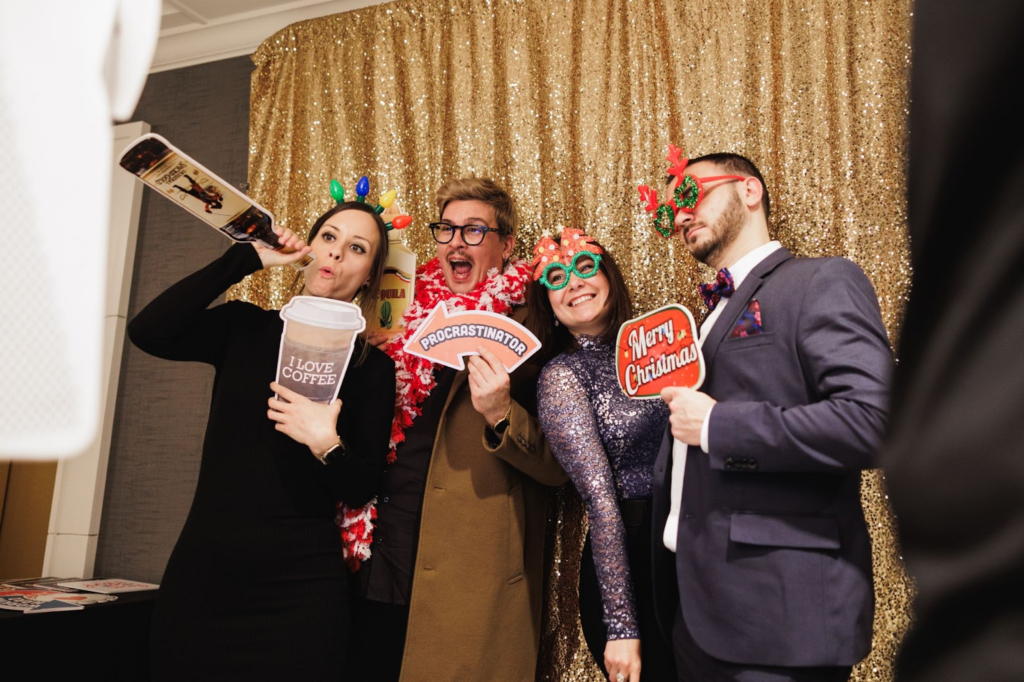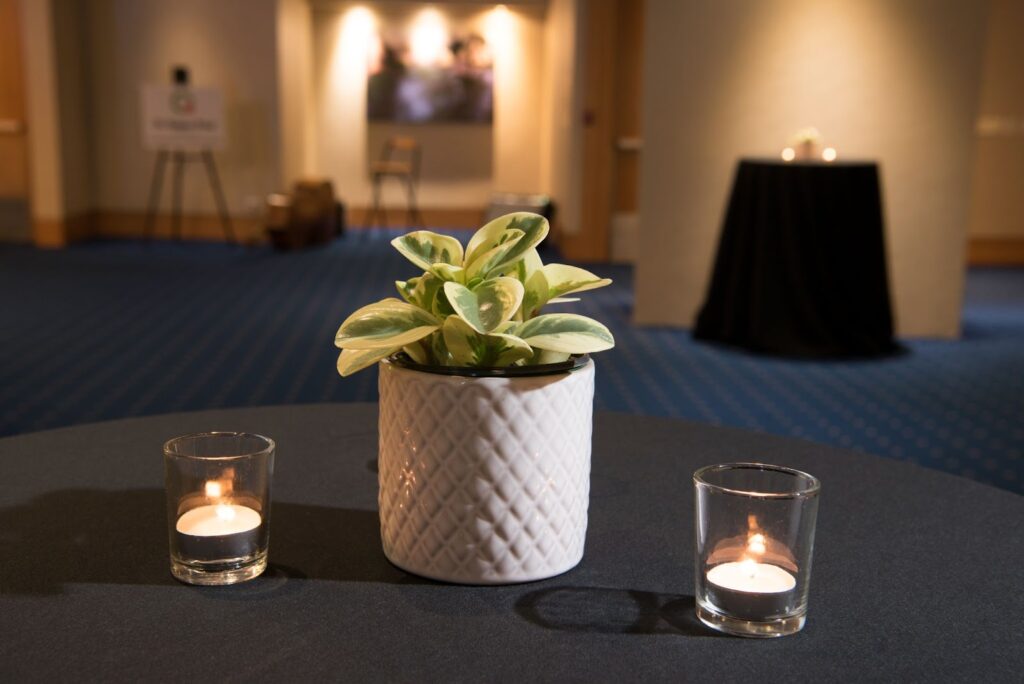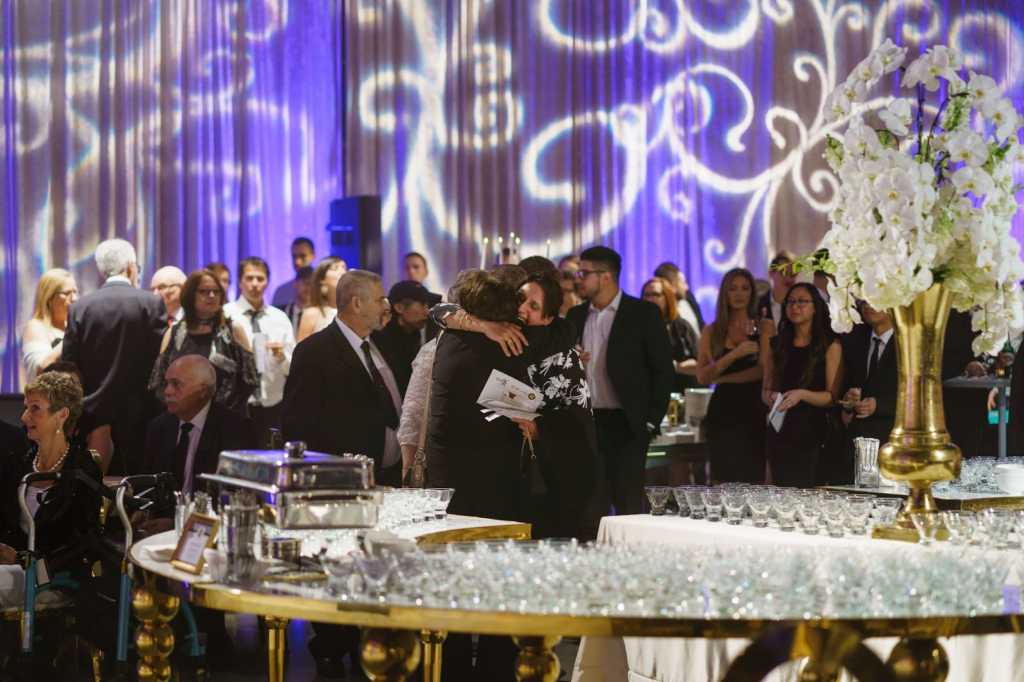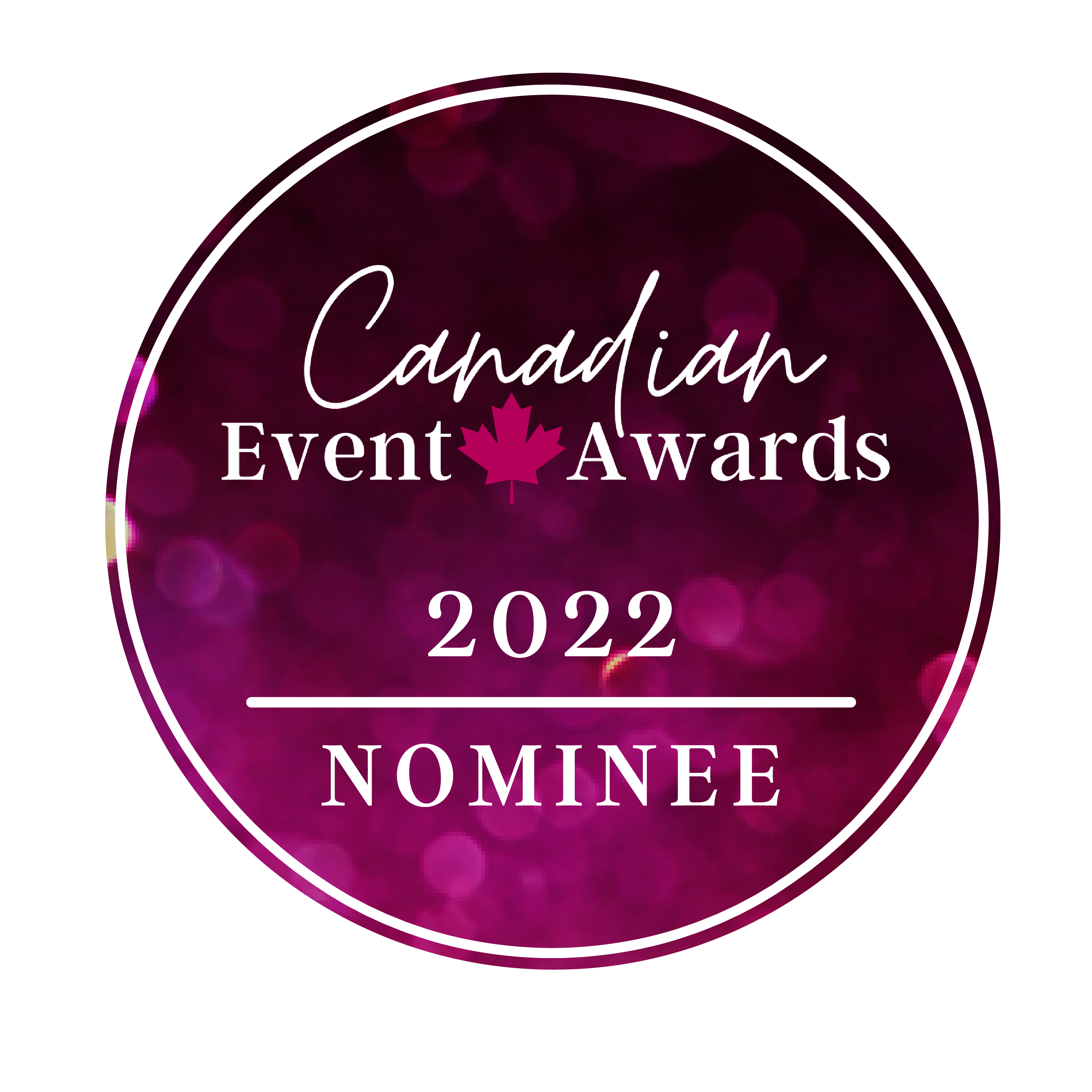If you have not incorporated accessibility into your event planning, then here is your wakeup call. Having to accommodate your attendees is not just an option but rather a necessity, a must by industry standards. Considering people’s disabilities, whether physical or mental, is very important to make them feel welcomed, regardless of their differences.
Here are some ways you can make your guests feel seen and heard.
Understanding Your Audience in Event Planning
Before you start rushing and adding options to accommodate all disabilities, first get to know who your audience is, who is coming, and whether you need a special feature for a person that would never use it. It is important to know that doing your research can save you extra planning and money, as you would not have to book those extra features.
However, there are always inevitable disabilities, like mobility issues, mental illness or sensory sensitivities, and you should never brush them off. Instead, always have basic accommodations and add accordingly to each individual need.
Seating Varieties
This one might surprise you, as it often gets overlooked but having comfortable seating is everything! We recently attended the GoWest24 conference in Edmonton, Alberta and they had a large variety of seating options available to the attendees. Imagine having to sit on a little stool the whole evening. It does not sound appealing, does it? So, having a wide range of seating options such as couches, benches and chairs with proper width allows all guests to feel comfortable sitting down.
Catering to Diverse Food Preferences
Unless you have been living under a rock, you know that people have different dietary preferences and needs. As you would not serve a piece of steak to a long-life vegan and vice versa, knowing your guests’ accommodations can help you in creating a large selection of foods to cater to, making it a very diverse table.
Also, never mix up religious or dietary preferences with allergens and dietary restrictions, as it is just a disaster waiting to happen. In case of that, always have a separate section for it, and label everything!
Creating Quiet and Safe Spaces
Have you ever been too overwhelmed by the music, the light, and the number of people in one venue? We sure know the feeling, and it is okay to not like this. That is why quiet areas exist, not just for introverts to energize, but for everyone else too, who needs that one minute of break, to take a breath.
It is a must to have a little zone for that exact reason. So, fill it out with cozy couches, hydration spots, quiet event head phones and have service available for any extra needs.
Remember, it is a safe space!
Managing Noise and Sound
Vibrations and sound significantly influence our bodies. Interestingly, specific frequencies can even impact our moods and mental states. Consider, for instance, the use of sound baths for de-stressing. Now, imagine integrating this concept into an event. We could designate certain areas as ‘quiet zones,’ filled with calming frequencies to create a tranquil and peaceful environment amidst the bustle of the event.
Hydration and Refreshment Options
Our selection of drinks extends beyond just coffee. Surprisingly, not everyone prefers coffee, so offering a variety of beverages can greatly enhance the experience for all guests. It is also an excellent chance for attendees to sample something different from their regular choice.
Moreover, enjoying a drink is an integral part of socializing that should not be overlooked. By providing a wider range of choices and ensuring the availability of hydration stations, we can help attendees stay refreshed and foster meaningful connections. It is often said that the best ideas in the office emerge not at the desk, but during those moments at the water cooler when you step away for a glass of water, seizing the opportunity to exchange thoughts and have genuine interactions.
Incorporating Breaks and Rest Periods
The importance of incorporating breaks cannot be overstated. Allowing time for attendees to rest their feet is essential. Regularly scheduled breaks are necessary, not only for restroom visits and relaxation but also to cater to personal needs.
Ensuring that breaks are part of the schedule allows attendees to remain well-rested and comfortable, alleviating the pressure of time constraints.
In Conclusion: The Key to Successful and Inclusive Event Planning
Diversity comes in many forms and should be addressed in all aspects of the event to ensure a successful and inclusive experience where everyone feels welcome.
For those looking for an event-winning production to implement these concepts, we offer a free quote, so please book a time to chat with us!
~~~
You might also enjoy the following blogs:
What is New in the World of Event Planning















